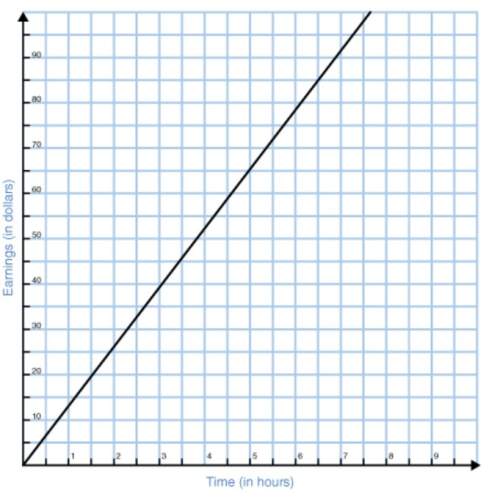
Mathematics, 15.12.2020 22:20 dessyrob05
A quadrilateral has vertices A(4, 5), B(7, 7), C(6, 8), and D(4, 7). The image of the quadrilateral has vertices A"(–6, 0), B"(–9, –2), C"(–8, –3), and D"(–6, –2).
Which transformations may have taken place?
A. T (-2, 5) r y=x
B. T(-2,5) R 0,180
C. r y=x T(–2, 5)
D. R 0,180 T(-2,5)

Answers: 3


Other questions on the subject: Mathematics



Mathematics, 22.06.2019 05:00, s0cial0bessi0n
What is the distance between (5 - 2i) and (8 + i)?
Answers: 2

Mathematics, 22.06.2019 05:00, aaronpmoore1010
Nright triangle xyz, the right angle is located at vertex y. the length of line segment xy is 12.4 cm. the length of line segment yz is 15.1 cm. which is the approximate measure of angle yzx?
Answers: 2
You know the right answer?
A quadrilateral has vertices A(4, 5), B(7, 7), C(6, 8), and D(4, 7). The image of the quadrilateral...
Questions in other subjects:

Mathematics, 03.02.2020 06:50

History, 03.02.2020 06:50


Mathematics, 03.02.2020 06:50

Mathematics, 03.02.2020 06:50


Mathematics, 03.02.2020 06:50






